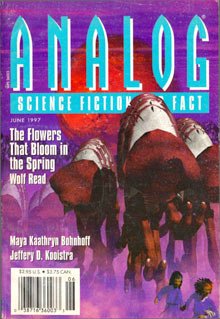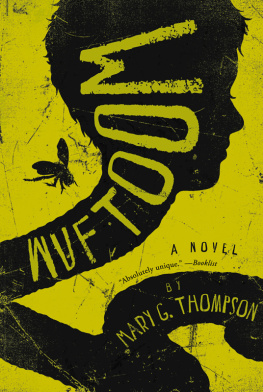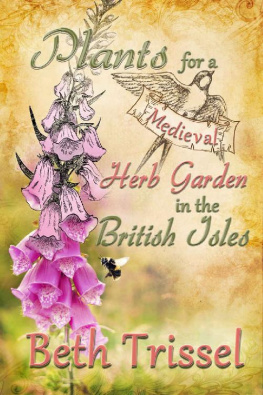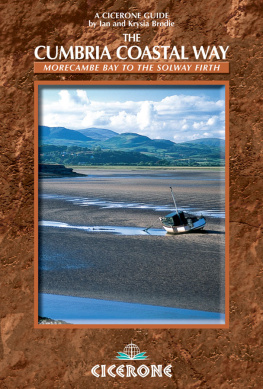Pipe Beth - Historic Cumbria: Off the Beaten Track
Here you can read online Pipe Beth - Historic Cumbria: Off the Beaten Track full text of the book (entire story) in english for free. Download pdf and epub, get meaning, cover and reviews about this ebook. year: 2015, publisher: Amberley Publishing, genre: Religion. Description of the work, (preface) as well as reviews are available. Best literature library LitArk.com created for fans of good reading and offers a wide selection of genres:
Romance novel
Science fiction
Adventure
Detective
Science
History
Home and family
Prose
Art
Politics
Computer
Non-fiction
Religion
Business
Children
Humor
Choose a favorite category and find really read worthwhile books. Enjoy immersion in the world of imagination, feel the emotions of the characters or learn something new for yourself, make an fascinating discovery.

- Book:Historic Cumbria: Off the Beaten Track
- Author:
- Publisher:Amberley Publishing
- Genre:
- Year:2015
- Rating:5 / 5
- Favourites:Add to favourites
- Your mark:
- 100
- 1
- 2
- 3
- 4
- 5
Historic Cumbria: Off the Beaten Track: summary, description and annotation
We offer to read an annotation, description, summary or preface (depends on what the author of the book "Historic Cumbria: Off the Beaten Track" wrote himself). If you haven't found the necessary information about the book — write in the comments, we will try to find it.
Historic Cumbria: Off the Beaten Track — read online for free the complete book (whole text) full work
Below is the text of the book, divided by pages. System saving the place of the last page read, allows you to conveniently read the book "Historic Cumbria: Off the Beaten Track" online for free, without having to search again every time where you left off. Put a bookmark, and you can go to the page where you finished reading at any time.
Font size:
Interval:
Bookmark:
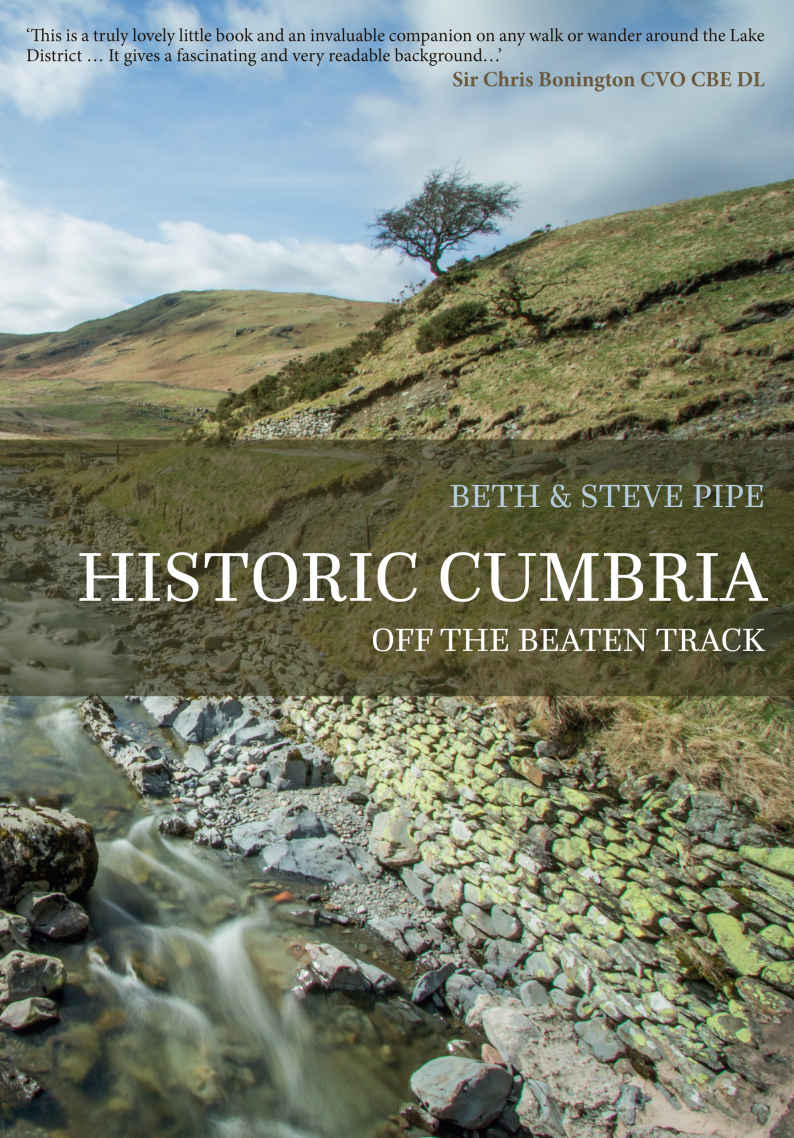

First published 2015
Amberley Publishing
The Hill, Stroud
Gloucestershire, GL5 4EP
www.amberley-books.com
Copyright Steven and Beth Pipe, 2015
The right of Steven and Beth Pipe to be identified as the Author of this work has been asserted in accordance with the Copyrights, Designs and Patents Act 1988.
ISBN 9781445645643 (PRINT)
ISBN 9781445645728 (eBOOK)
All rights reserved. No part of this book may be reprinted or reproduced or utilised in any form or by any electronic, mechanical or other means, now known or hereafter invented, including photocopying and recording, or in any information storage or retrieval system, without the permission in writing from the Publishers.
British Library Cataloguing in Publication Data.
A catalogue record for this book is available from the British Library.
Typesetting by Amberley Publishing.
Printed in the UK.

The author and publisher would like to thank the following people/organisations for permission to use copyright material in this book: Mountain Heritage Trust and John Malden.
Every attempt has been made to seek permission for copyright material used in this book. However, if we have inadvertently used copyright material without permission/ acknowledgement we apologise and we will make the necessary correction at the first opportunity.

This book came about because we are nosey hikers. Its never been enough for us to just hike a route; we always take time on our journey to look for clues and understand what happened in the past.
Over the years this has led to us uncovering some remarkable things about Cumbria. Its also led us to a greater appreciation of the people who came before us and lived in the days before electricity and motorised transport; people who had to get out and about whatever the weather, without the aid of waterproofs and proper hiking boots.
Were also keen to use this opportunity to explore the whole of Cumbria, a county with a complex history, especially when it comes to the changing names of the administrative regions. These have gone through many incarnations, the most recent being the Cumberland, Westmorland, Lancashire boundaries which existed until 1974 and which many people still identify deeply with today.
There are many fascinating places to explore, places you may not immediately think of visiting but which offer superb views, fabulous walks and interesting insights into how the county came to be the way it is.
Weve had an absolute ball pulling everything together but could not have done it without the magnificent help and support of a number of important people and organisations: thanks must got to Cumbria Wildlife Trust for their superb knowledge and infinite patience and to Cumbria Libraries who not only have an enormous range of important and interesting old documents, but were also brave enough to allow us to handle them.
Thanks to the RSPB for their help, particularly around Haweswater, Kendal Museum for allowing us access to some hidden away exhibits and Luneside Archaeological Society for their wealth of information about Low Borrowbridge. Additional thanks go to Morecambe Bay Partnership, Mountain Heritage Trust, the Beacon and Haig Pit Museums in Whitehaven, Bampton & District Local History Society and the Fish Inn, Buttermere.
If youre looking for a quiet corner within the national park, this is the place to be. Geographically its further south than Ullswater but the only way to get to Haweswater by road these days is via the A6 and Shap; the ancient routes over the fell passes closed to motorised traffic some time ago.
Natural History
Haweswater is exactly the sort of glacial valley I used to look at in Geography text books as a kid, with tall steep sides and a broad flat valley floor. Before the reservoir was formed there were two smaller lakes here, Low and High Water, which were left behind when the glacier beat a retreat they occupied the space towards the Bampton end of the valley.
The relationships of the rocks in the area can be best described in the same way as many other relationships its complicated with faults and ancient volcanic eruptions creating a mishmash of different rock types thrust up against each other. The least complicated fact is that pretty much all of them date back to the Ordovician period (461451 million years ago) and most of them are volcanic.
If youre feeling adventurous and fancy exploring a bit more of the glacial landscape then take a walk up to Blea Water, its a near perfect example of a glacial tarn.
What looks like an untouched landscape is actually very carefully managed and its not always easy balancing the requirements of farmers with livestock with the desire to replenish the landscape and protect endangered habitats. United Utilities now own the land and work a number of farms in partnership with the RSPB. They have a jointly agreed management plan which aims to maintain the high quality of the water and protect, preserve and renew important habitats while allowing local farmers to graze their sheep on land they have used for hundreds of years.
No discussion of this area is complete without mention of the golden eagle once one of a pair but now alone since his mate died. This lonely male is the only golden eagle in England and can often be seen hunting to and fro along the valley and the reservoir. Eagles arrived in the area in the 1960s and sixteen chicks fledged from this site between 1970 and 1996. After that the remaining female became infertile before ceasing to lay altogether and sadly dying in late 2003.
The remaining male continues to build a nest each year but so far has not managed to tempt a mate down from Dumfries and Galloway the next nearest breeding site. He spends most of his time blending in with the rocky moraine at the head of the valley and is very hard to spot, but its worth hanging around for when he comes out hunting and displaying something he still needs to do to ward off other would-be predators such as buzzards. Hes currently around eighteen years old and could live on for another ten or more years enjoying his bachelor lifestyle. If you dont mind a bit of a hike you can get some spectacular views of both the eagle and the red deer down in Riggindale valley from Short Stile, a craggy outcrop up on the top of High Street.

Riggindale valley taken from Short Stile.

Friendly locals above Haweswater.

Golden eagle over Riggindale.

Font size:
Interval:
Bookmark:
Similar books «Historic Cumbria: Off the Beaten Track»
Look at similar books to Historic Cumbria: Off the Beaten Track. We have selected literature similar in name and meaning in the hope of providing readers with more options to find new, interesting, not yet read works.
Discussion, reviews of the book Historic Cumbria: Off the Beaten Track and just readers' own opinions. Leave your comments, write what you think about the work, its meaning or the main characters. Specify what exactly you liked and what you didn't like, and why you think so.

